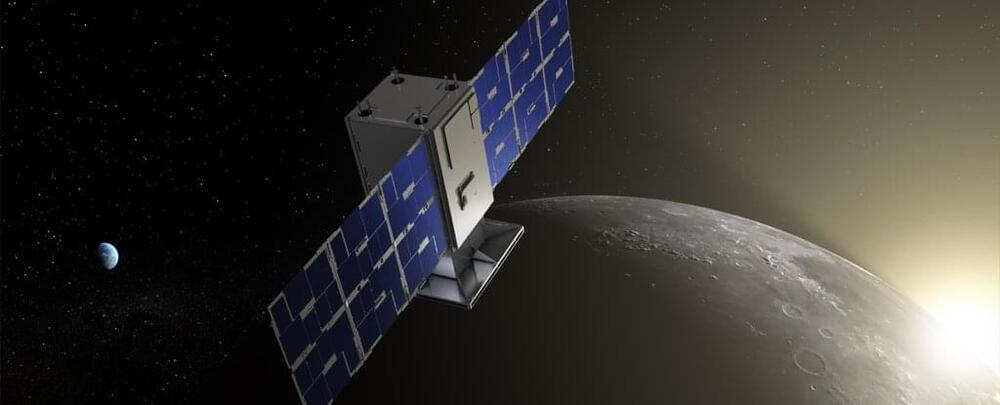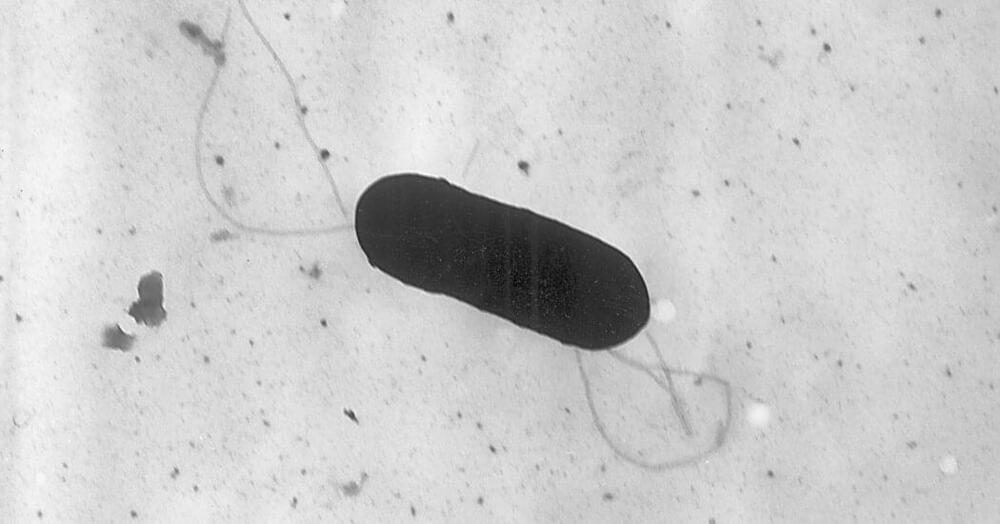Cosmologist, noted author, Astronomer Royal and recipient of the 2015 Nierenberg Prize for Science in the Public Interest Lord Martin Rees delivers a thought-provoking and insightful perspective on the challenges humanity faces in the future beyond 2050. [3/2016] [Show ID: 30476]
Frontiers of Knowledge.
(https://www.uctv.tv/frontiers-of-knowledge)
Explore More Science & Technology on UCTV
(https://www.uctv.tv/science)
Science and technology continue to change our lives. University of California scientists are tackling the important questions like climate change, evolution, oceanography, neuroscience and the potential of stem cells.
UCTV is the broadcast and online media platform of the University of California, featuring programming from its ten campuses, three national labs and affiliated research institutions. UCTV explores a broad spectrum of subjects for a general audience, including science, health and medicine, public affairs, humanities, arts and music, business, education, and agriculture. Launched in January 2000, UCTV embraces the core missions of the University of California — teaching, research, and public service – by providing quality, in-depth television far beyond the campus borders to inquisitive viewers around the world.
(https://www.uctv.tv)






